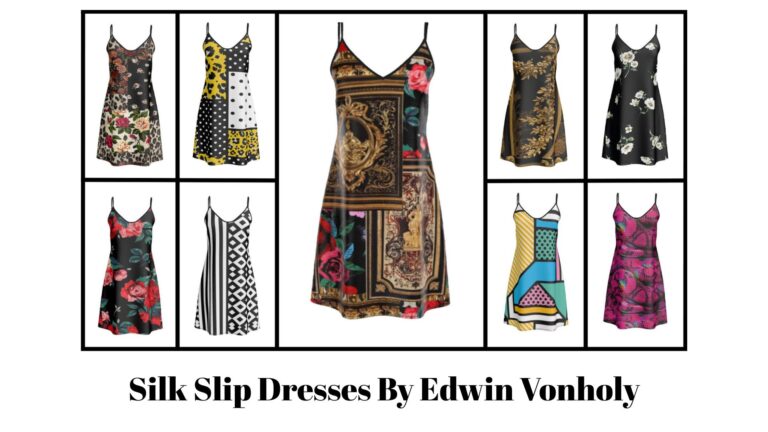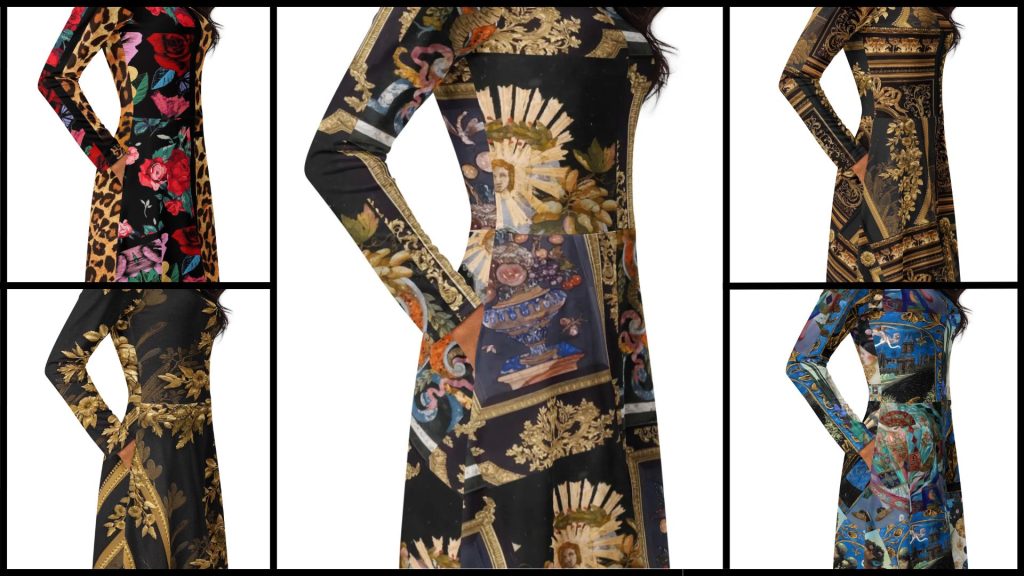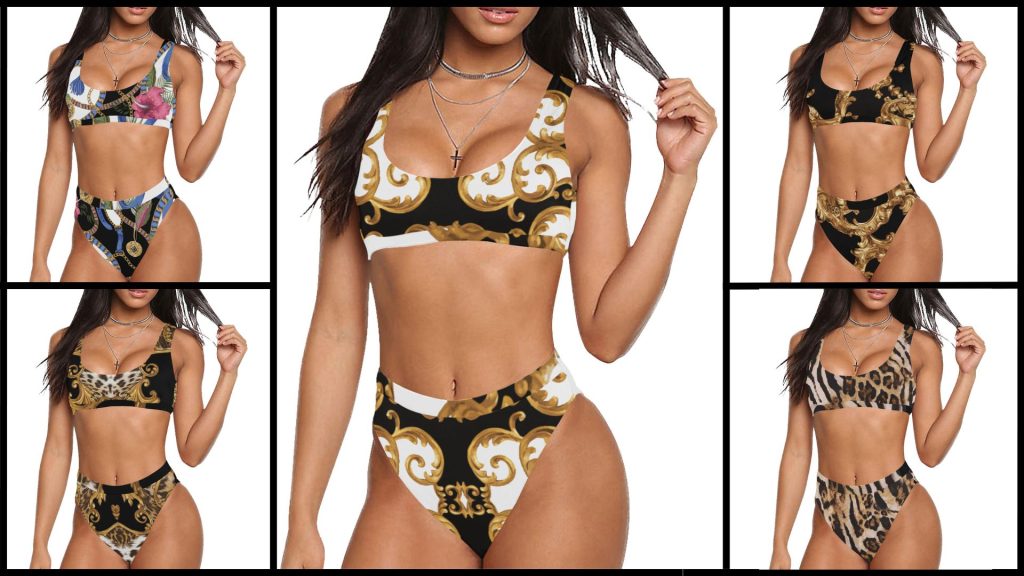Babydoll Dresses vs. Lingerie: What’s the Difference?
Babydoll dresses and lingerie are both popular in the world of intimate apparel, but they serve different purposes and offer distinct styles. While they may seem similar at first glance, understanding the differences between these two can help you choose the right piece for any occasion. In this article, we’ll explore the key differences between babydoll dresses and lingerie, and guide you on when to wear each.
What is a Babydoll Dress?
A babydoll dress is a short, loose-fitting dress that typically falls just above the knee or mid-thigh. Originating in the 1950s, babydolls were initially designed as nightwear, but over time, they have become a versatile garment worn for various occasions. Babydoll dresses are often characterized by their delicate fabrics, like lace, satin, or chiffon, and feature a fitted bodice with a loose, flowing skirt. They are known for their flattering, feminine silhouette that accentuates curves while providing a comfortable and airy fit.
Features of a Babydoll Dress:
Loose Fit: The dress typically has a relaxed and flowing design that makes it easy to move in.
Short Length: Babydoll dresses usually fall above the knee or mid-thigh, giving them a playful and youthful look.
Feminine Details: These dresses often include lace, bows, or ruffles to enhance their delicate, romantic aesthetic.
Versatility: While babydolls were originally designed as sleepwear, they can now be worn as casual daywear or as part of a special occasion outfit.
What is Lingerie?
Lingerie is a broad term that encompasses various types of intimate apparel, such as bras, panties, corsets, teddies, and chemises. Lingerie is designed primarily for comfort, support, and intimacy, though many pieces are made with sensuality and elegance in mind. Unlike babydoll dresses, lingerie is typically worn underneath regular clothing, although some pieces, like teddies or lace robes, can be worn as outerwear for a more daring look.
Features of Lingerie:
Variety of Styles: Lingerie includes a wide range of garments, from practical everyday pieces like bras and panties to more provocative options like teddies, corsets, and garter belts.
Functionality: Many lingerie pieces are designed to offer support and comfort, such as bras and shapewear, while others are meant to enhance appearance and sensuality.
Sensual Appeal: Lingerie often incorporates delicate fabrics like lace, satin, and silk, designed to create an elegant, sexy, and feminine look.
Underwear and Outerwear: While lingerie is primarily worn as undergarments, certain pieces like lace robes or teddies can be worn as outerwear in intimate or special occasions.
Key Differences Between Babydoll Dresses and Lingerie
While both babydoll dresses and lingerie share some common elements, such as delicate fabrics and feminine designs, they serve different purposes and are typically worn in different contexts. Here’s a closer look at their key differences:
1. Purpose and Usage
Babydoll Dresses: Originally designed as sleepwear, babydoll dresses are now worn as both intimate apparel and casual wear. They can be worn around the house, for a special occasion, or as loungewear.
Lingerie: Lingerie is generally worn underneath regular clothing, although some pieces can be worn as outerwear in intimate settings. Lingerie is designed for comfort, support, or sensual appeal, with many pieces serving as undergarments.
2. Design and Fit
Babydoll Dresses: Babydolls have a looser fit that typically falls above the knee. The design is flattering and feminine, often featuring a fitted bodice and a flowing skirt.
Lingerie: Lingerie comes in various styles and fits, from form-fitting pieces like corsets and teddies to looser garments like robes. The fit and design are typically more specific to the function, such as providing support or creating a seductive look.
3. Occasions for Wear
Babydoll Dresses: Babydoll dresses are versatile enough to be worn for both lounging at home and for going out. They can be styled in a variety of ways depending on the occasion and the look you’re going for.
Lingerie: Lingerie is generally worn as an undergarment, but certain pieces like lace teddies or chemises can be worn as outerwear for more intimate or special occasions, such as a romantic evening.
4. Fabric and Material
Babydoll Dresses: Babydolls are usually made from soft, airy materials like chiffon, lace, satin, or silk. The fabric tends to be lightweight and comfortable, making them ideal for lounging or sleeping.
Lingerie: Lingerie fabrics vary greatly depending on the garment. Materials like lace, satin, silk, and mesh are common, with each piece designed to serve a particular purpose—whether it’s providing support, comfort, or sensual appeal.
When to Wear Babydoll Dresses vs. Lingerie
When to Wear a Babydoll Dress:
Casual Outings: A babydoll dress can be styled for casual outings, such as brunch, a day at the park, or a relaxed day with friends.
Loungewear: Babydolls are perfect for lounging around the house or for a cozy night in.
Special Occasions: For a romantic evening or a special event, a babydoll dress can be worn for its playful yet elegant charm.
When to Wear Lingerie:
Under Regular Clothing: Lingerie is primarily worn underneath regular outfits for support and comfort. A good bra and panty set are essential for daily wear.
Special Romantic Occasions: Certain lingerie pieces, like teddies, corsets, or sheer robes, are designed for intimate moments and can be worn for romantic evenings.
Shapewear: Lingerie also includes shapewear, which is worn to smooth and support the body under dresses or other clothing.
Conclusion: Babydoll Dresses vs. Lingerie
While both babydoll dresses and lingerie are designed to enhance femininity and sensuality, they serve distinct purposes in your wardrobe. Babydoll dresses are versatile, comfortable, and can be worn as both sleepwear and casual wear, while lingerie is typically worn as an undergarment, designed for support, comfort, or sensual appeal. By understanding these differences, you can confidently choose the right piece for any occasion, ensuring that you look and feel your best.





